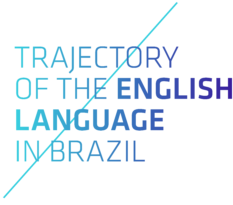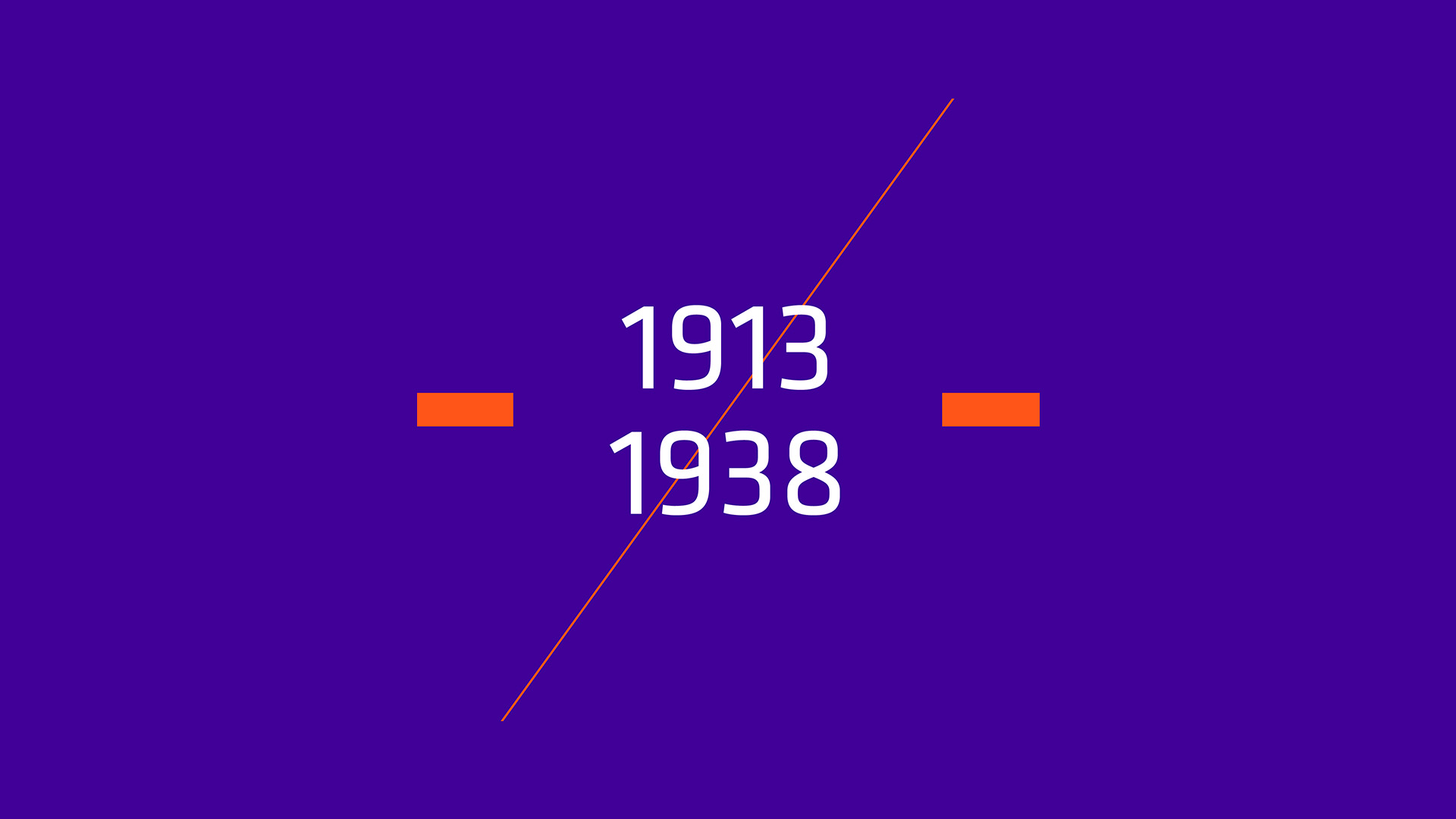1913
Writer Maria Junqueira Schmidt is born
Maria Junqueira Schmidt was a teacher and writer who lived in the early 20th century. She wrote everything from biographies and history books to books on pedagogy and foreign policy. As a teacher, intellectual and pedagogue, she defended the scientific method of teaching languages, a bold position for her time, especially for a woman in a context of a more traditional and prejudiced society. She wrote the book The Scientific Teaching of Modern Languages.
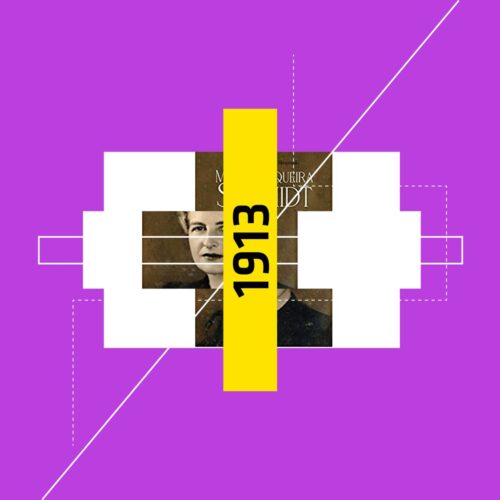

1922
Bertha Lutz founds the International Feminist Federation
In this year, activist Bertha Lutz founded the International Feminine Federation. The group is an offshoot of the Pan American Women’s Conference, organised in Baltimore, in the United States. The Brazilian federation organised courses in English for women and also taught French and Esperanto, in addition to Portuguese. At the time in Brazil, language learning, including English, was one of the main ways for women to rise socially and gain their independence.
1928
American Council on Education publishes first Western scientific research on modern language teaching
Between 1924 and 1927, researchers in the field of language carried out the first scientific investigation into the teaching of modern languages. The survey known as the Modern Foreign Language Study was conducted by the American Council on Education (ACE). The study was ready in 1928, the year it was published for the first time, after which it was followed by over nineteen volumes.
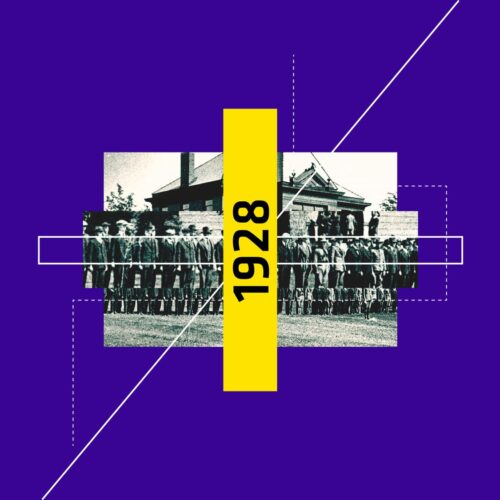

1929
Talking cinema arrives in Brazil
This year, talkies arrived in the country. In São Paulo, at the luxurious Cine Paramount, the first commercial exhibition in Brazil of a film partially spoken in English took place – The Shopworn Angel, by Richard Wallace. To facilitate the public’s understanding, booklets containing the translation of the dialogues into Portuguese were distributed. English on movie screens has contributed to the increasing spread and popularisation of the language.
1930
Book published in Coimbra innovates the English language teaching method using phonetic transcription
In 1930, Father Júlio Albino published the book An English Method, in Coimbra, which has since then been adopted by Colégio Pedro II in Rio de Janeiro. Despite still focusing on grammatical structures, the author innovated in the teaching method through the use of phonetic transcriptions. To this end, a vinyl record was included in each edition of the grammar book, allowing teachers to reproduce dialogues and the sounds of phonetic symbols.
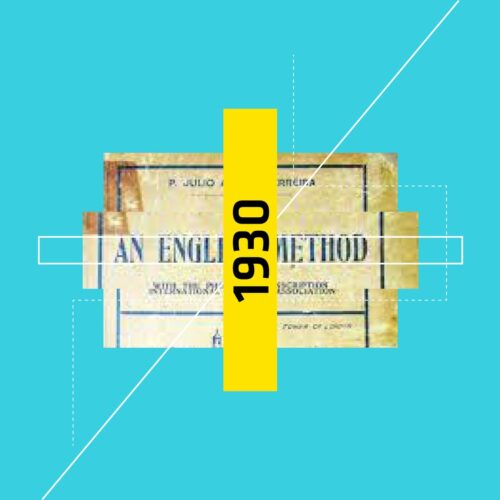

1931
Reform in legislation foresees the teaching of modern languages as a priority
A reform in laws determined important changes that year. The curriculum was organised into phases, compulsory school attendance in primary (five-year) and complementary (two-year) cycles, in addition to the requirement of proof for entrance to higher education. The Minister of Education and Health, Francisco Campos implemented the reforms in the modern languages – French, English and German –, which started being taught using the new direct method, giving them greater priority than Latin.
1934
The Cultura Inglesa Institution begins its activities in Brazil
In the 1930s, the history of Cultura Inglesa began in the country with the opening of the first branches in São Paulo and Rio de Janeiro. In partnership with the British Council, the franchise network currently offers classes in over sixty Brazilian cities. Cultura Inglesa Brazil is also part of LABCI – Latin American British Cultural Institutes, the network of all Cultura Inglesa units in different countries.


1935
The Direct Teaching method gains ground
The direct teaching method gains strength in Brazil, and many conversation exercises, communication with gestures and simulations and intense contact with the language begin to be promoted. Those who defended the direct method intended to encourage students to think and speak in English, while using grammar and text translation complementarily and inductively. The main defender of the method was Antônio Carneiro Leão (1887-1966), who, in 1935, published O Ensino de línguas vivas (The teaching of living languages).
1935
Brazilian men and women receive scholarships to study in the United Kingdom
The British Council, even before it became official in Brazil, already offered scholarships to the United Kingdom. One of the best-known grants allowed Vinicius de Moraes to study at Oxford in 1938. Despite the male chauvinism of the time, women were included. This was how the engineer and urban planner Carmen Portinho was later able to manage the construction of the Museum of Modern Art in Rio de Janeiro.


1938
União Cultural Brasil-United States is founded as the first Binational Institute
In Rio de Janeiro, with the support of the US consulate, teaching institutions founded the Instituto Universitário Brasil-Estados Estados Unidos (current União Cultural Brasil-Estados Estados Unidos). It was the first binational institute recognised by Brazil. The institute was created with the aim of strengthening ties between Brazil and the United States, through lectures, meetings, conferences and the promotion of publications of works.
